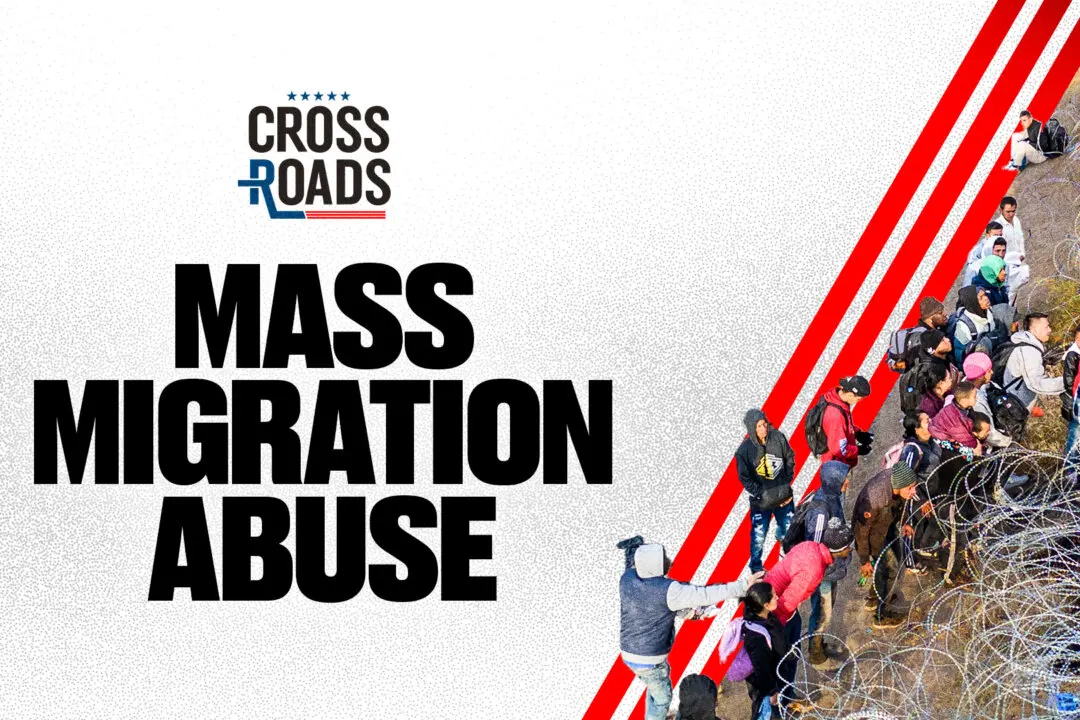News Analysis
In his 1928 book “Propaganda,” which helped shape tactics for modern advertising and politics, Edward Bernays wrote, “The conscious and intelligent manipulation of the organized habits and opinions of the masses is an important element in democratic societies.





